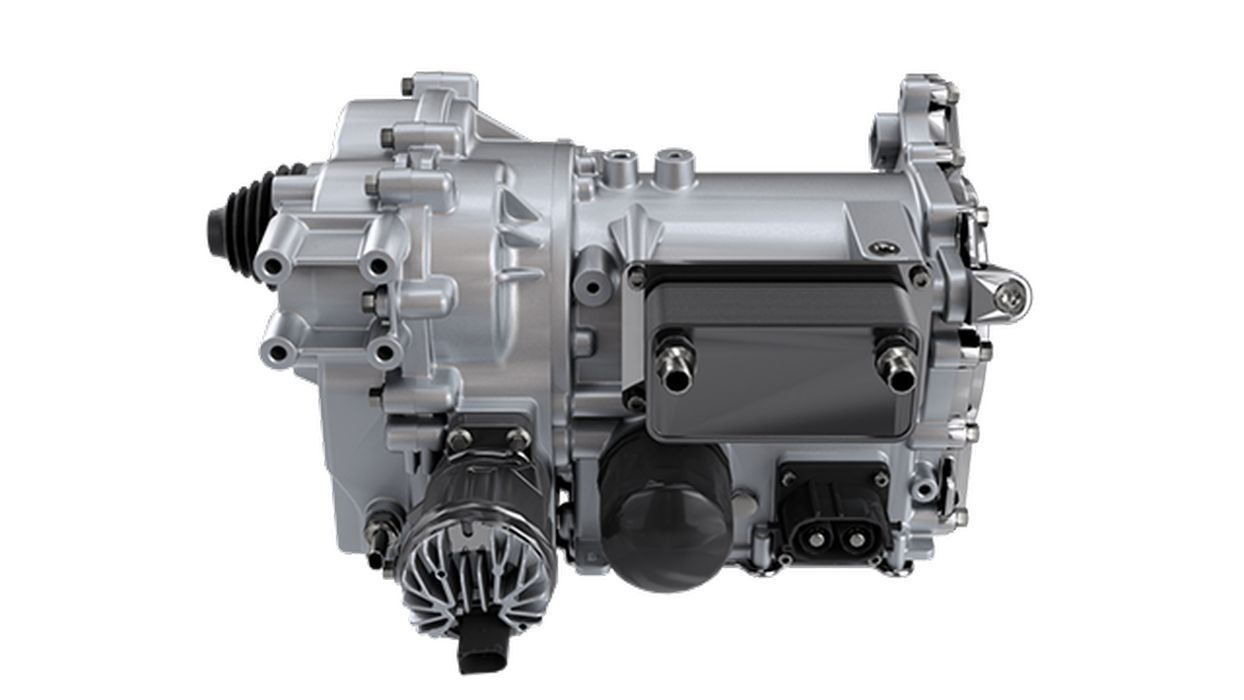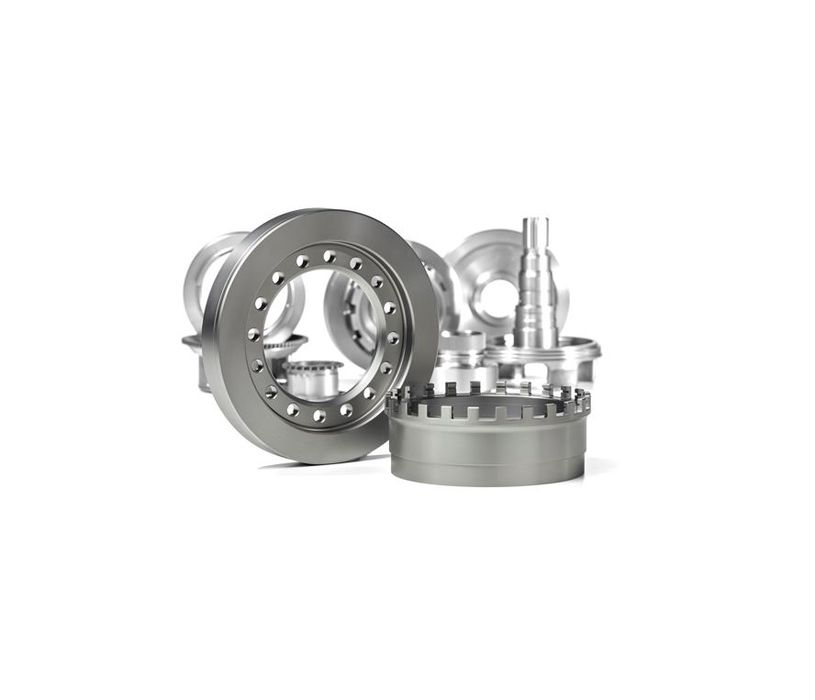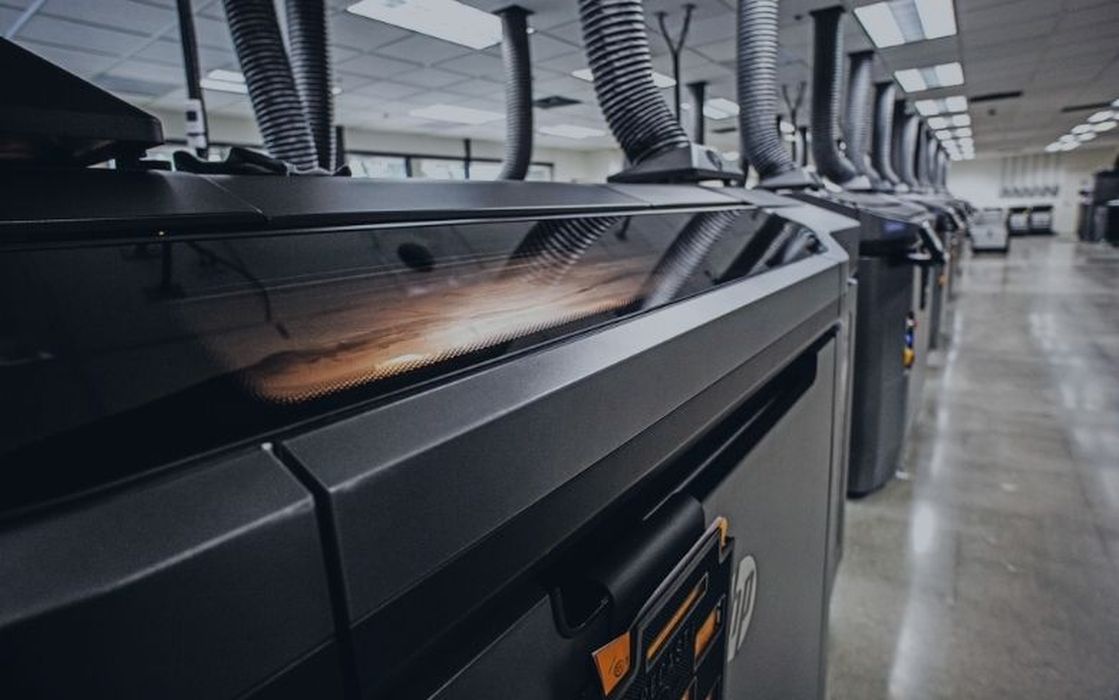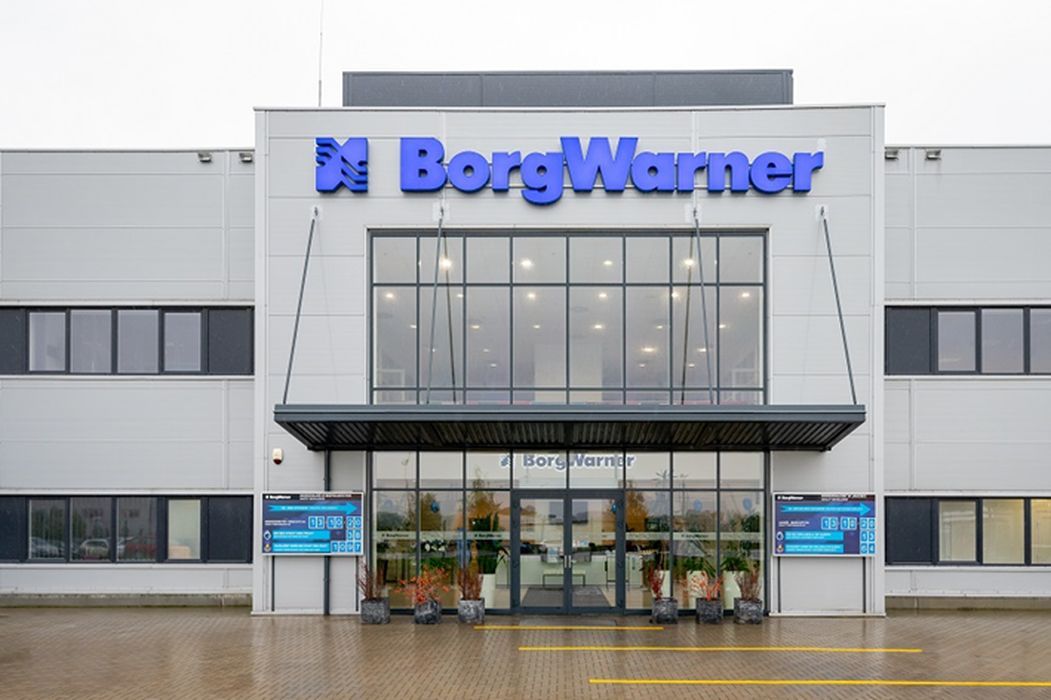
Charles R. Goulding and Preeti Sulibhavi examine American Axle & Manufacturing’s US$1.4 billion acquisition of Dowlais Group, highlighting its impact on 3D printing advancements and the broader automotive industry.
In a significant move within the automotive industry, American Axle & Manufacturing (AAM) has announced its intention to acquire Britain’s Dowlais Group for US$1.4 billion. This transaction is poised to reshape the landscape of automotive component manufacturing, with potential implications for the advancement of 3D printing technologies within the sector.
American Axle & Manufacturing, headquartered in Detroit, Michigan, is a leading global supplier of driveline and drivetrain systems and related components for light trucks, SUVs, passenger cars, and commercial vehicles. As of December 31, 2023, AAM employed approximately 19,000 individuals across 69 locations worldwide.
In the third quarter of 2024, the company reported sales of US$1.50 billion, contributing to a trailing 12-month revenue of US$6.21 billion as of September 30, 2024.
Dowlais Group, a British engineering firm, specializes in automotive components and operates through its subsidiaries, including GKN Automotive and GKN Powder Metallurgy. The company has a significant global presence, supplying 90% of the world’s carmakers and employing around 30,000 people.
In the first half of 2024, Dowlais reported adjusted revenue of £2.571 billion, reflecting a 5.1% decline at constant currency, primarily due to volume weakness in the automotive sector.

3D Printing Initiatives
Both AAM and Dowlais have been integrating additive manufacturing (AM) into their operations to enhance product development and manufacturing efficiency.
American Axle & Manufacturing:
- Prototype Development: AAM utilizes 3D printing to rapidly produce prototypes of driveline components, allowing for accelerated design iterations and reduced time-to-market.
- Tooling and Fixtures: The company employs AM to create custom tooling and fixtures, which streamlines assembly processes and reduces production costs.
- Lightweight Components: Through 3D printing, AAM is exploring the production of lightweight components that maintain structural integrity, contributing to overall vehicle weight reduction and improved fuel efficiency.

Dowlais Group:
- GKN Powder Metallurgy: A subsidiary of Dowlais, GKN Powder Metallurgy has secured new business with a 23% year-on-year increase in bookings, indicating a growing adoption of AM in producing complex metal parts.
- Isostatic Tubes for Renewable Energy: The company won a substantial order for the supply of isostatic tubes for a renewable energy project in China, showcasing the application of AM in producing specialized components for the energy sector.
- Automotive Component Production: GKN Automotive, another subsidiary, leverages 3D printing to manufacture complex automotive components, enhancing design flexibility and reducing material waste.
Impact on the 3D Printing Industry
The acquisition of Dowlais by AAM is anticipated to bolster the 3D printing industry in several ways:
- Increased Investment: The merger is expected to lead to increased investment in AM technologies as the combined entity seeks to enhance manufacturing capabilities and product offerings.
- Expanded Application: With both companies already utilizing 3D printing, their consolidation could result in a broader application of AM across various automotive components, setting new industry standards.
- Innovation Acceleration: The pooling of resources and expertise is likely to accelerate innovation in 3D printing processes and materials, benefiting not only the automotive sector but also other industries reliant on advanced manufacturing techniques.
Another major automotive manufacturer that we have previously covered is BorgWarner. BorgWarner has 96 facilities in 24 countries and employs almost 50,000 people. New York BorgWarner is one of the 25 largest automotive suppliers globally with sales exceeding US$10B.

The Research & Development Tax Credit
The now permanent Research and Development (R&D) Tax Credit is available for companies developing new or improved products, processes and/or software.
3D printing can help boost a company’s R&D Tax Credits. Wages for technical employees creating, testing and revising 3D printed prototypes are typically eligible expenses toward the R&D Tax Credit. Similarly, when used as a method of improving a process, time spent integrating 3D printing hardware and software can also be an eligible R&D expense. Lastly, when used for modeling and preproduction, the costs of filaments consumed during the development process may also be recovered.
Whether it is used for creating and testing prototypes or for final production, 3D printing is a great indicator that R&D Credit-eligible activities are taking place. Companies implementing this technology at any point should consider taking advantage of R&D Tax Credits.
Conclusion
In summary, the acquisition of Dowlais by American Axle & Manufacturing represents a strategic move that not only reshapes the automotive component manufacturing landscape but also underscores the growing significance of 3D printing technologies in modern manufacturing.
